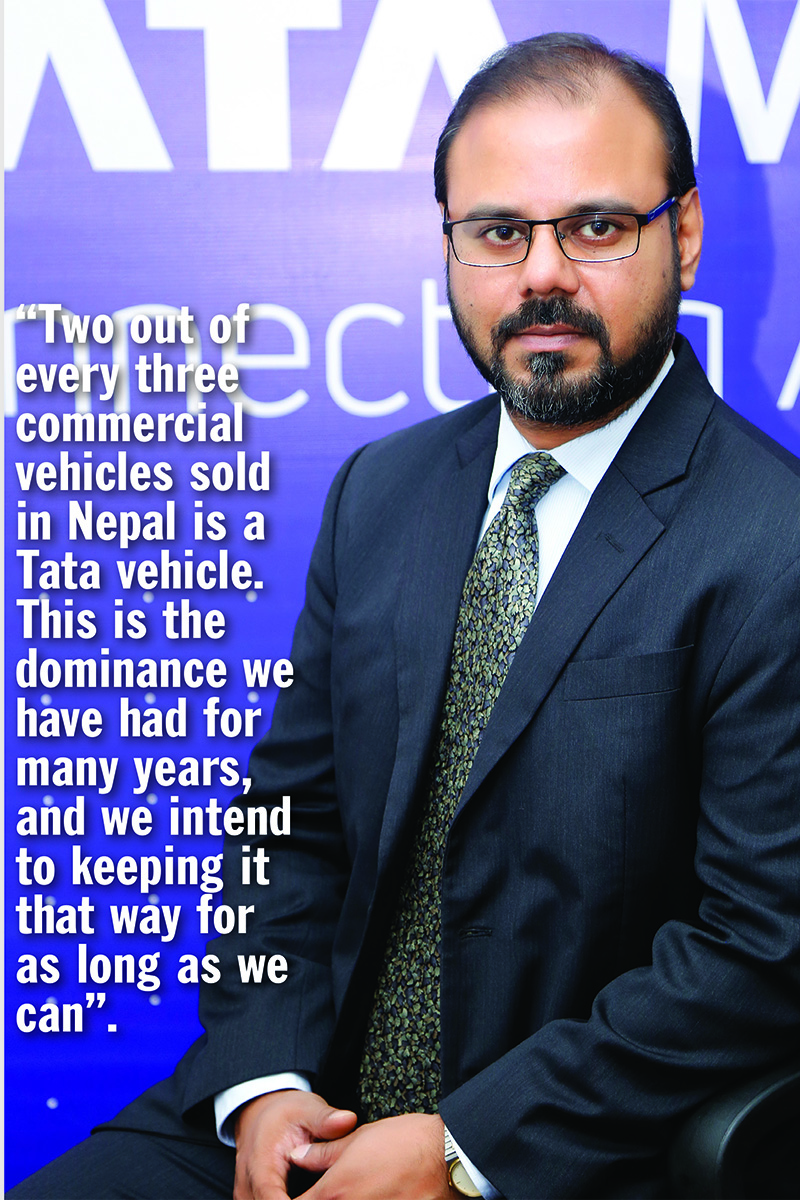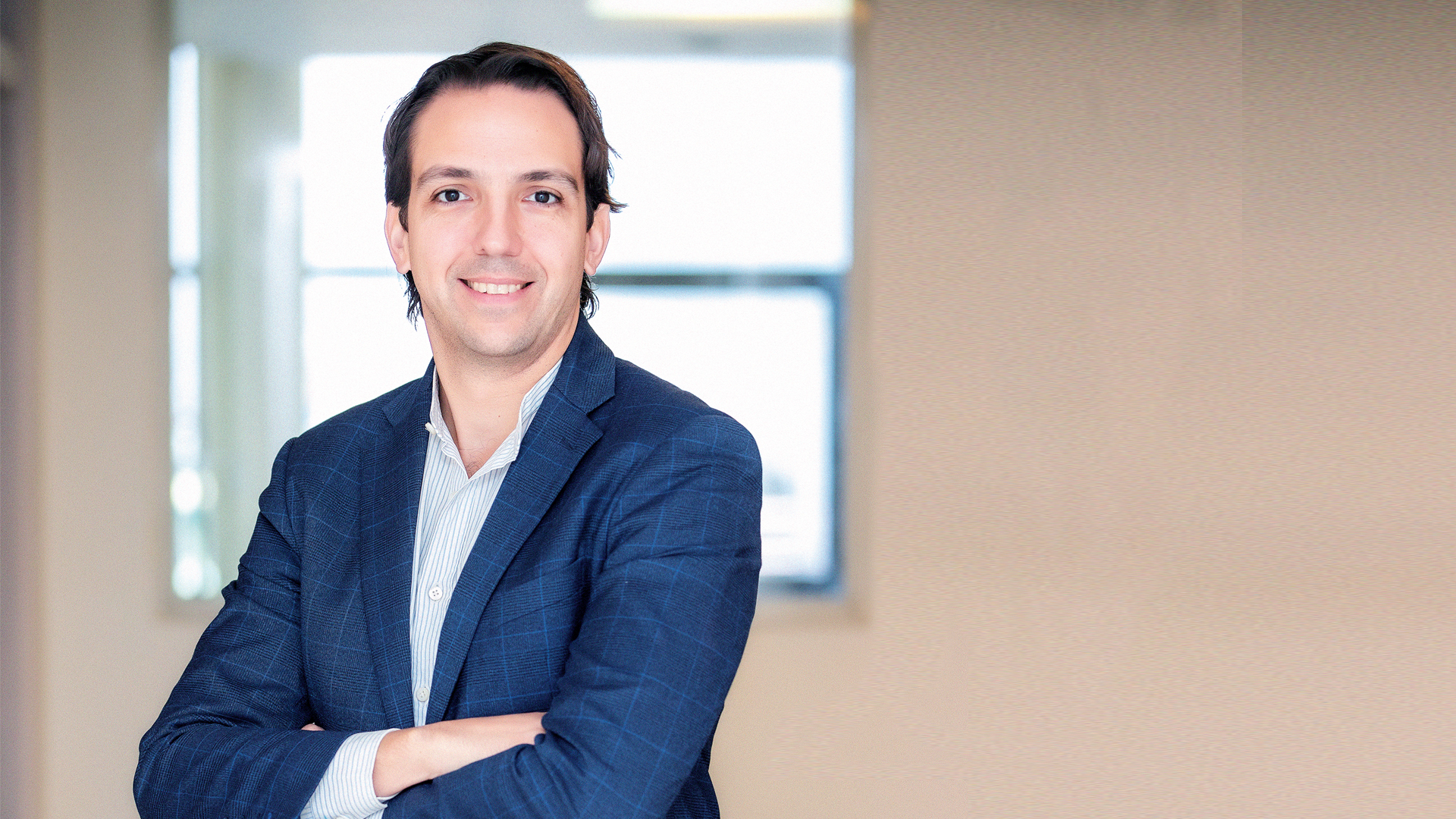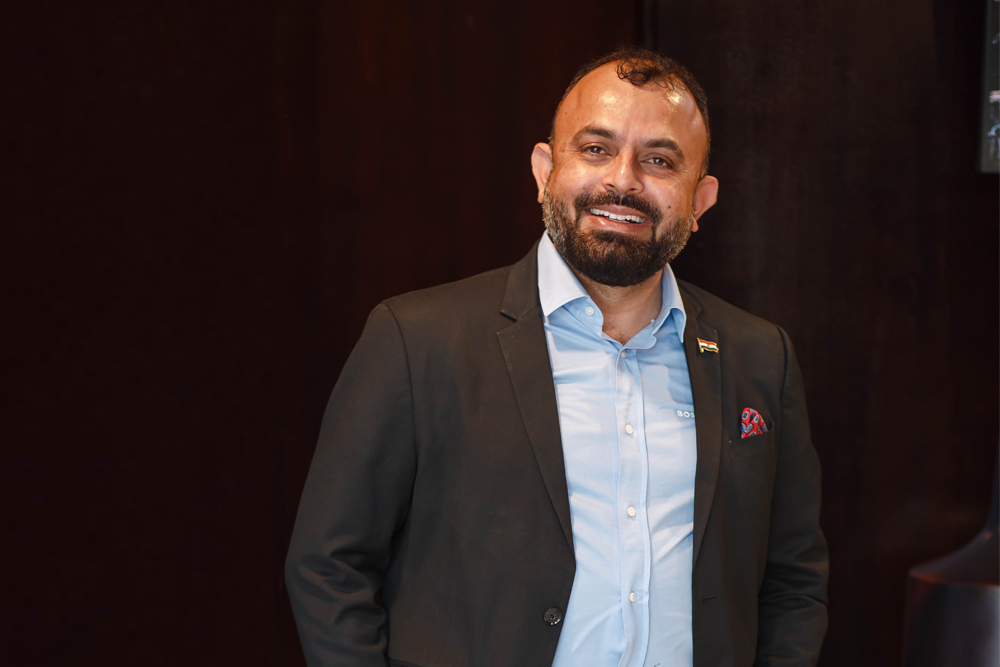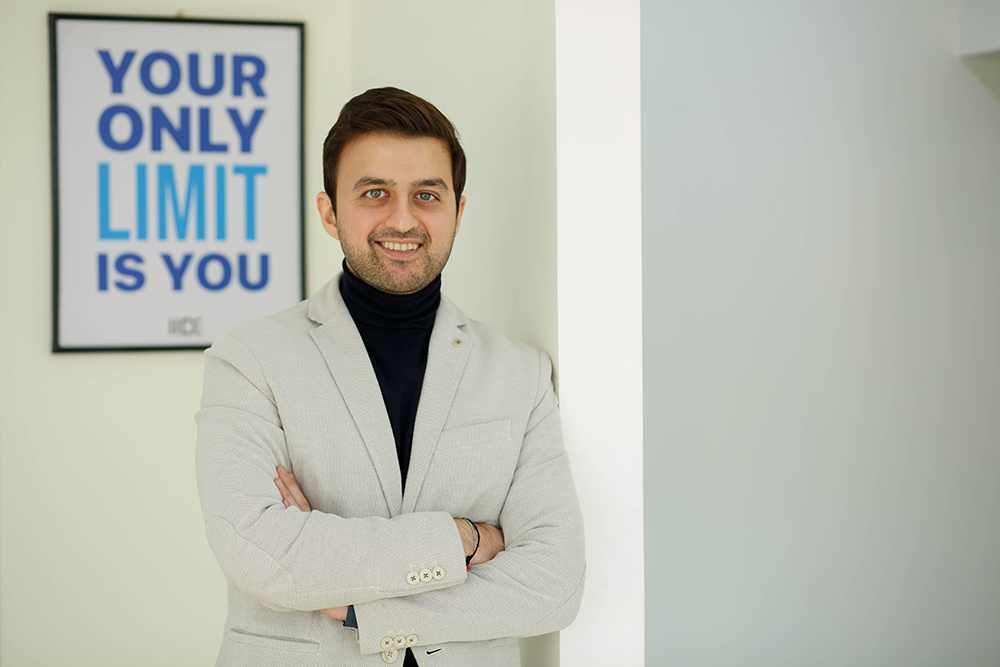
Rudrarup Maitra is the Head of International Business for Commercial Vehicles at TATA Motors Limited. A 17-year veteran in the industry, Maitra joined the Tata Group as part of the prestigious TAS cadre in 1999. After brief assignments with Tata Global Beverages and Voltas Limited, he joined Tata Motors in 2001 where he has worked in several challenging roles across the organisation. Today, Mairta is on the Board of Directors for Tata Motors Pty Ltd., South Africa, Nita Bangladesh and TMNL Nigeria (TML’s foreign subsidiaries).
Avant Shrestha caught up with Maitra during his visit to Nepal during Tata Motors Global Service Camp event to learn about Tata’s Motor latest experiences in the country and the future ahead.
What has been your journey with Tata Motors Limited been like?
I joined Tata motors in 2001 as a young officer and it’s been 17 years since I have been working at Tata Motors Limited. My initial years were part of the India Business where I developed my fundamentals and foundations. Five years later, I joined the international part of the business. And since 2006, I have had the opportunity of handling our businesses in various markets in regions like Russia, Eastern Europe, Eastern Africa, South Asia.
How is Tata Motors’ relation with Nepal and the local partners?
We have been in Nepal for many years and in fact our association with Sipradi Trading began in December 1981. So, this year marks 37 years of the association. We are very fortunate to have such a strong partner here in Nepal. We share common ethics, value and beliefs. The approach is very similar to what we believe in and I think our relationship with our distributors here in Nepal is a true example of what collaborations could be about. This has always been a partnership which has worked hand in hand. There’s been mutual respect in every step both ways. They understand the customers as well as the market, they understand the products, solutions that are required for the customers, and keep improving on the same. As a result, it is not surprising that two out of every three commercial vehicles sold in Nepal is a Tata vehicle. This is the dominance we have had for many years and we intend to keeping it that way for as long as we can.
[su_quote]“Two out of every three commercial vehicles sold in Nepal is a Tata vehicle. This is the dominance we have had for many years, and we intend to keeping it that way for as long as we can”.[/su_quote]
What are the challenges of being an international automotive company and a market leader in Nepal?
I think the challenges we have is the continuous changing environment in Nepal, whether it be economic or geographical requirement of various segments. The challenges are to continuously keep abreast of consumer expectations.
The Global Service Camp that was conducted between November 28-30 is something that we do for three days every year across 46 countries and we do it on a very grand scale. Initiatives such as this is an opportunity for us to actually meet our customers where they are able to tell us about what they want next, what we can improve on, what they like or what they don’t like about our products and services. And this is an area we have been investing a lot in because we have seen the changing requirements of the younger generation.
Additionally, the way people used to buy commercial vehicles today compared to 10 years back is very different. Their ability to buy vehicles is different and the kinds of products we have in our portfolio are very different so some of the challenges that we keep facing are staying abreast of the immediate requirements in the market. It’s always a challenge in terms of ‘who can cater to the changing environments’ and ‘who can understand the changes first and then cater to them better than anyone else’. And as an international company, I think that’s the challenge we face most often than not.
What is the future for Tata Motors in Nepal?
We intend to continue our dominance in the market. We will leverage every possible avenue and opportunity to ensure that it happens. Our biggest investments right now are in terms of reach and penetration and at the same time continuously keep improving and introducing new products into the market that will further add value to our customers.
We believe that Nepal is a very important strategic market for Tata Motors. And the way we operate here with our partner - Sipradi Trading - has a very special place of pride within the Tata Motors management and the Tata Motors family.
Is there any commercial vehicle that Tata Motors is lining up to introduce in Nepal?
There are quite a few actually. We recently unveiled a mini bus which is a 16 seater mini-bus for tourist application. And that’s a lovely vehicle that we actually brought in.
Plus, there are lots of common, rail engine based products that we will be introducing in the Nepali market. There is a continuous update in terms of the kind of vehicles that we are bringing into the market. I think ‘Yodha’ has been a resounding success in terms of the pickup category segments. We just completed the 1000 vehicles sold in approximately in a year time which was an achievement that we are very proud to accomplish in Nepal. And we are looking forward to the Yodha 4x4 version coming through sometime early next year.
Tata Motors as a brand is one of the few commercial vehicle brands in the world that probably addresses the entire range of commercial vehicles starting from 0.7-ton mini-trucks right up to50 tons’ truck; small passenger carrying mini-vans going right up to large busses. So, it’s not easy to find one brand which has this kind of portfolio. And many a times when we combine the portfolios of most of our competitors, it equals the kind of spread that Tata Motors as a single brand offers.
What steps has Tata taken towards EVs in Nepal, especially in the commercial vehicle segment?
I think the EV segment is picking up. If EVs were to enter the market, firstly, it would be in the passenger vehicle segments. It would then be followed by buses. Again in the passenger vehicle space, city applications and EV is something that we are taking very seriously. Obviously we do want to get into that space but as of now we are working towards the plan. Hopefully, sometimes midyear in 2019 we will have something a little more definite. We are still in the assessment and trial phase because it’s not just the product which is important, it’s the entire infrastructure which you have to lay around the product. So, we have to work with the government, we have to work with the authorities to take it in a commercial manner.



.jpg)


